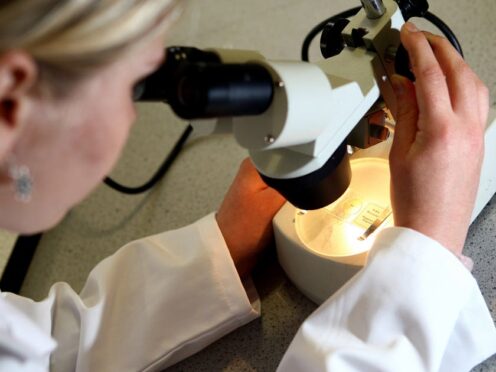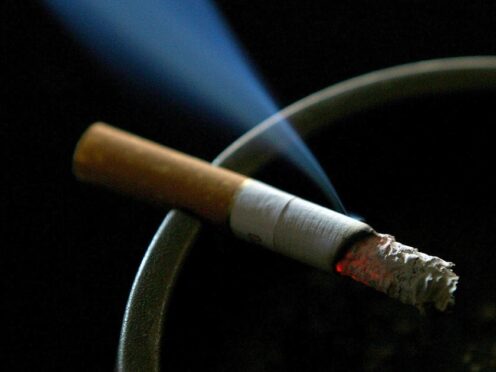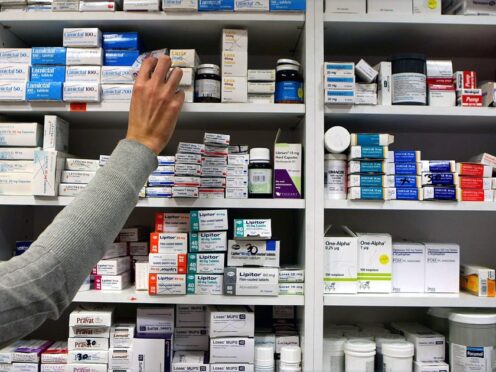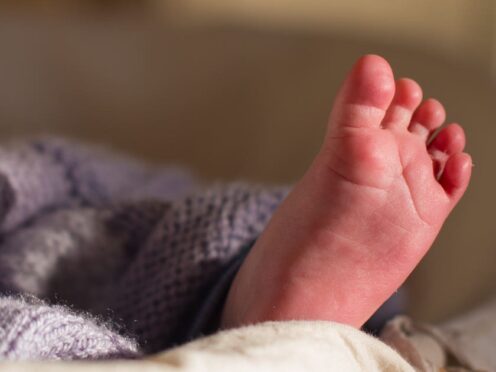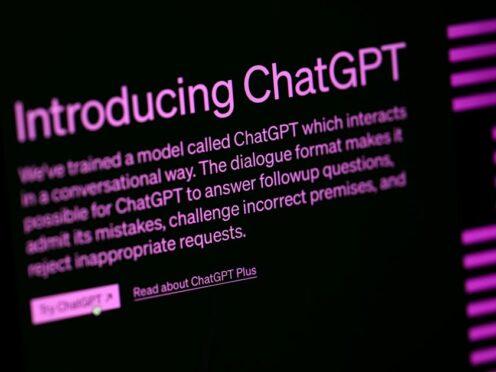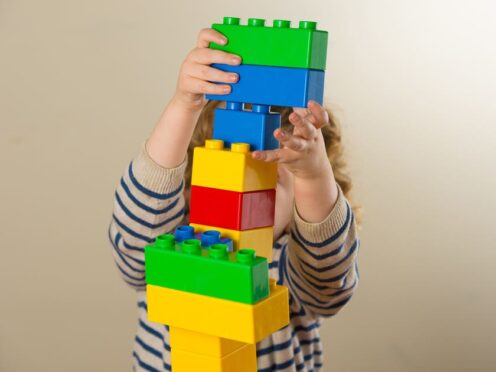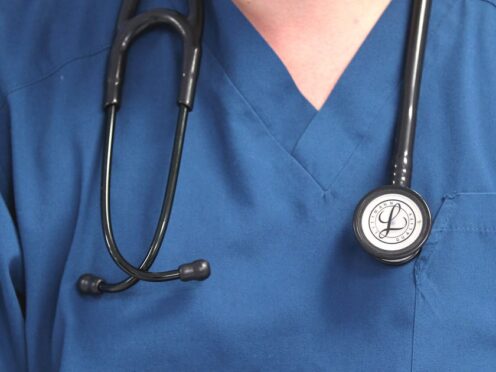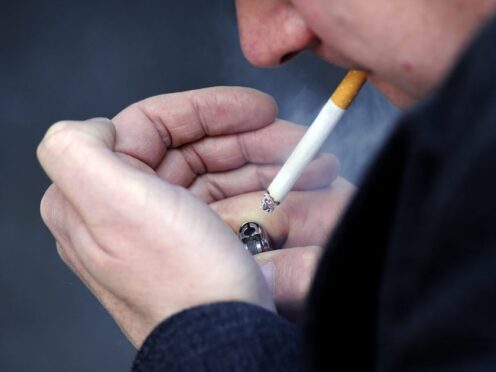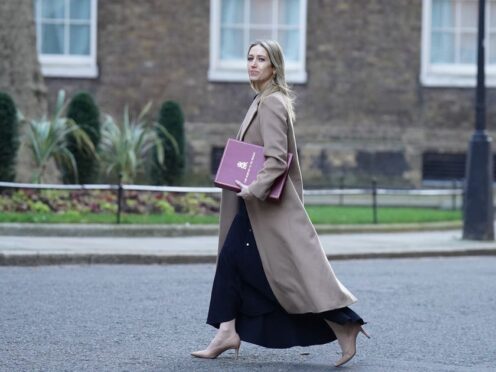Liver disease is on the rise you can take steps to prevent it, says Alice Whitehead.
An occasional glass of wine after work is unlikely to harm your liver long-term, but if your drinking becomes habitual and heavy you may need to consider your liver health.
The current guidelines suggest anything over 14 units a week is too much, which is the equivalent of six glasses of wine, six pints of beer or 14 glasses of 40% spirits.
“In general, women are more vulnerable to the toxic effects of alcohol than men,” says Dr Amy Bibby, from the doctor-on-demand app, Qured.
“The oxidative stress from breaking down the alcohol can damage the liver cells, leading to inflammation and scarring.”
Cut back on booze
As well as cutting down on your units, look out for any unusual symptoms. Although liver disease can often be symptom-free – it has been dubbed ‘the silent killer’ – you may suffer from tummy pain, nausea, jaundice, loss of appetite, and experience loss of appetite and confusion. “It’s wise to know that there are three main stages of the disease: alcoholic fatty liver disease, which can progress to alcoholic hepatitis (mild is reversible and severe is a serious and life-threatening), and cirrhosis which is irreversible and means the liver is significantly scarred,” says Dr Riccardo Di Cuffa from private GP service your-doctor.co.uk. “Spread your alcohol intake over three days or more and ensure you have two or three alcohol free days every week,” he adds.
Be a healthy weight
The liver is not just affected by what we drink, but what we eat too. It’s estimated that one in eight middle-aged adults in the UK could be damaging their liver function purely because they are overweight. In fact, research suggests 30% of the UK population have Non-Alcoholic Fatty Liver Disease (NAFLD), caused by an accumulation of fat in the liver from overeating. Current guidelines suggest that for most adults a BMI of 18.5 to 24.9 indicates you’re a healthy weight, 25 to 29.9 suggests you’re overweight, 30 to 39.9 means you’re obese and 40 or above shows you’re severely obese. Search for the Healthy Weight Calculator on www.nhs.uk to work out your BMI.
“NAFLD is the build-up of fat in the liver and although the early stages are not usually harmful, it can develop into cirrhosis,” says Dr Di Cuffa. “Symptoms include a dull ache in upper right abdomen, tiredness and weight loss – but often it has no symptoms. What’s more, an increased association of diabetes, stroke and heart attack has been found with high fat levels in the liver.”
He suggests regular exercise and weight loss are key. “Try to incorporate more fruit and vegetables into your diet, and eat less sugar, salt and processed foods that make your liver work harder. Also ensure your diet is balanced. Many people recommend ‘just protein’ diets, for example, but it’s not about cutting out food groups. A balanced diet will ensure your liver is not put under strain.”
Travel safely
Another major cause of liver disease is Hepatitis A, which can be caught by eating or drinking contaminated food or water. It is an infection which is common in developing countries. “There are many types and symptoms of hepatitis including muscle joint pain, high temperature, nausea, tiredness, loss of appetite, dark urine, pale stools, yellow eyes and skin itchiness – but you can be vaccinated,” says Dr Di Cuffa. “If you’re travelling overseas, it’s essential you get your booster and avoid salads and other foods that might be washed in contaminated water. Always make sure you know where your food has come from and how it was cooked.”

